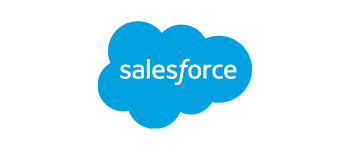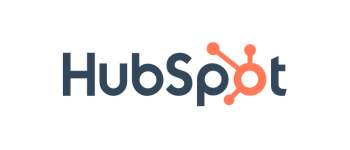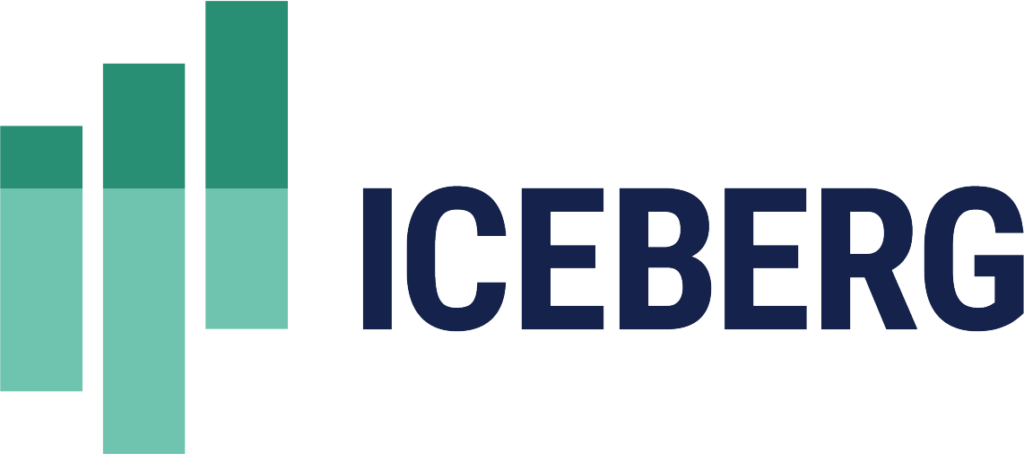Wondering if HubSpot is still the best fit as your Customer Relationship Management (CRM) solution? If so, you’re in good company.
Many HubSpot users struggle to decide when (or if) to make the switch to Salesforce. They’ve been told over and over that they need Salesforce—but understanding why can be tough.
Which CRM to use boils down to more than just Salesforce vs. HubSpot pricing. It goes beyond ease of use, or customer ratings. It’s a matter of choosing the right tool to support your business; the tool that will ultimately provide the greatest value. Fortunately, there are key signs you can watch out for to help you decide when to upgrade from HubSpot to Salesforce.
Let’s take a closer look at what to consider when you’re thinking of making the switch.
Related Content: Pros and Cons of HubSpot CRM
Salesforce vs. HubSpot: pros and cons
Both HubSpot and Salesforce are true platforms, which means you can do almost anything with either.
That said, some customizations require code—and an expensive developer to write and maintain that code. That means the level of investment required to get what you want may differ significantly between platforms.
Thus the real question isn’t what’s possible—it’s which system can meet your needs most easily and cost effectively.
HubSpot CRM is a great choice for small companies with simple needs who don’t need to heavily customize their CRM or build complex reporting. But many companies quickly run into limitations that require customization. And while HubSpot can be heavily customized, development is often costly and labor intensive.
If you plan to scale your sales program, or have unique needs that require custom reporting or automations, Salesforce is the better bet. While Salesforce is more difficult to learn and manage than HubSpot, it has far superior declarative functionality already in place. It’s possible to do vastly more in Salesforce without writing any code.
In short: HubSpot is much easier to use. But companies who are scaling and use HubSpot often need to write custom code to support their needs, and this can be prohibitively expensive and difficult.

- If you have unique needs that require custom reporting or automations
- More no-code customization than HubSpot
- Incredibly flexible validation rule user interface

- Great choice for small companies with simple needs
- Built with ease of use and speed to value in mind
- Reporting is easier to set up
3 key signs it’s time to upgrade to Salesforce from HubSpot
Here are three key indications you may be ready to upgrade from HubSpot to Salesforce:
1. You need advanced customizations
Both HubSpot and Salesforce have their own coding language and can support anything from custom fields to entire custom coded apps within the software. However, Salesforce Flow is a no-code automation builder with few limitations on the customizations that can be accomplished.
HubSpot Workflows, on the other hand, was built with ease of use and speed to value in mind—but has fairly limited no-code customization capabilities as compared to Salesforce Flow. This tradeoff makes HubSpot a great choice for companies with simple sales and marketing processes. But it’s a poor choice for companies that need to support unique or sophisticated workflows.
Certain customizations that would be no-brainers with Salesforce aren’t possible with HubSpot. For example, a CRM feature like email sequence enrollment can’t be used as a trigger for automations in HubSpot Workflows.
Another common type of customization that pushes companies over to Salesforce is Configure, Price, Quote (CPQ). Being able to support complex price structures and rules is a huge advantage as you scale.
Salesforce CPQ offers advanced features such as:
- Tiered pricing
- Approval automation
- Required combinations of products (i.e. you can’t buy software X without support package Y)
These features put Salesforce CPQ in an entirely different league (or universe?) than HubSpot’s lightweight CPQ product.
A good rule of thumb: The more customized your CRM, the less likely HubSpot is the right choice. Salesforce allows you to do much more no-code customization than HubSpot. The HubSpot Workflows automation suite is powerful, but it pales in comparison to the Salesforce Flow automation suite.
2. You need sophisticated reporting
Reporting is another area where Salesforce leaves HubSpot in the dust. The key to Salesforce’s reporting power is that the reporting feature can access nearly every corner of the app. This means you can generate custom reports that merge data from multiple objects (types of records) within the platform.
Salesforce reporting is so powerful that some large companies even have individuals or teams dedicated exclusively to designing and maintaining custom Salesforce reports. HubSpot’s reporting, on the other hand, is easier to set up. But it’s less powerful than Salesforce’s reporting due to a relative lack of flexibility and connectivity.
3. You need process enforcement
Process enforcement could fall under customizations, but it’s important enough to call out on its own. Salesforce has an incredibly flexible validation rule user interface (UI). But the only easy ways to create validation rules in HubSpot are to make individual fields required or to tie sales stages to fields (i.e. you can’t enter stage X without field Y populated). Other types of validation rules in HubSpot typically require custom code written by a developer.
Data can get messy quickly in the absence of strong validation rules. If you can’t force users to follow certain rules, your remaining choices are to either spend a lot of time chasing people who don’t follow the rules or watch your data quality take a nosedive.
Here are some examples of cases when you might want to implement validation rules that are possible in Salesforce but not HubSpot (without custom development):
Case 1: Missing values
Challenge: Your sales reps sometimes forget to add values to their deals, which messes up your pipeline reporting.
Solution: You could implement the following rule: An opportunity cannot advance beyond the “Product Demo” sales stage if it doesn’t have the Amount field filled out and the Close Date field set to a future date.
Case 2: Forecasting taxes
Challenge: Your finance team wants to forecast sales tax based on open opportunities.
Solution: You could implement the following rule: In order to create a new opportunity, the associated account must have a Billing Country listed. If the Billing Country is the USA, there must be a Billing Zip Code.
Ready to evaluate your CRM options?
Our team of CRM experts can partner with you to evaluate your evolving needs and implement the CRM solution that best supports your business. Don’t let the wrong-fit platform drive up your operating costs or stunt your growth. Let’s talk!


